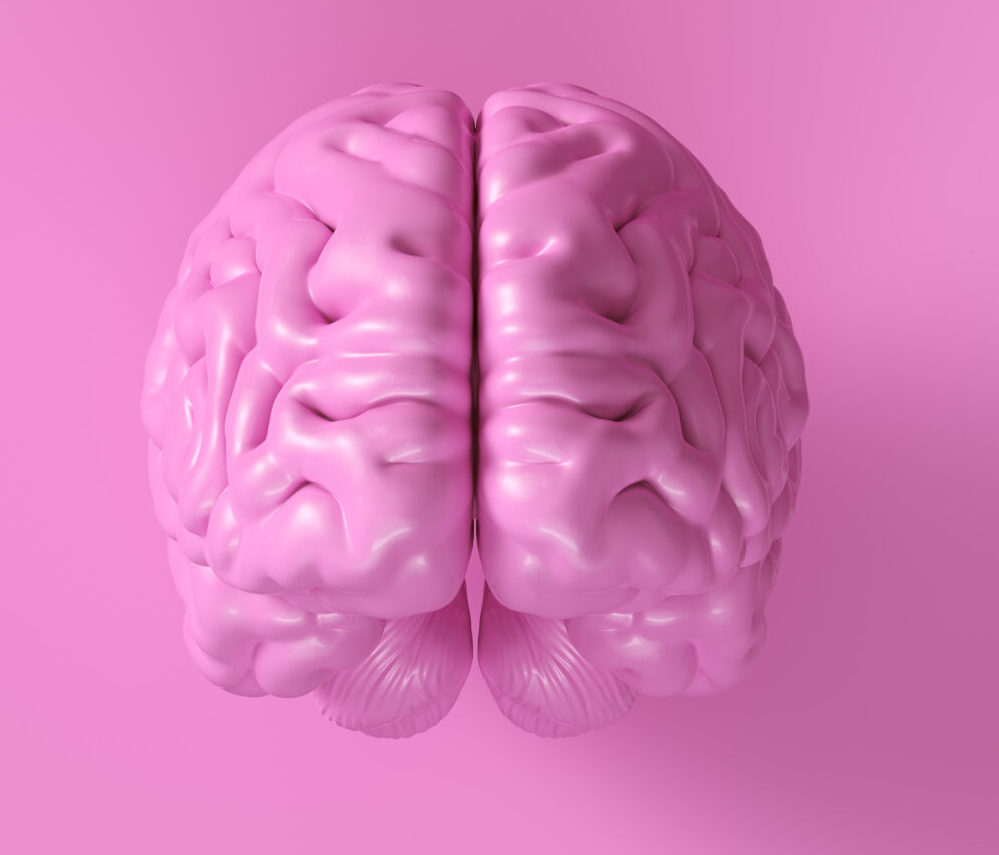Advances in Neuroimaging for Early Diagnosis
Neuroimaging has become a crucial tool in the early diagnosis of neurological conditions. Over the past few decades, significant technological advancements have transformed how we visualize and understand the brain. This article will explore some of the key developments in neuroimaging and their impact on diagnosing diseases like Alzheimer’s and prion diseases.
### Magnetic Resonance Imaging (MRI)
MRI technology has evolved rapidly since its introduction. It allows for detailed images of brain structures without using radiation. In the context of Alzheimer’s disease, MRI can detect early changes in brain structures, such as hippocampal atrophy, which is a hallmark of the disease. This non-invasive technique helps differentiate Alzheimer’s from other forms of dementia and can monitor disease progression over time.
For prion diseases, like Creutzfeldt-Jakob disease, MRI plays a critical role in early detection. Techniques such as Diffusion-Weighted Imaging (DWI) are particularly sensitive for identifying changes in brain tissue that occur early in the disease. Combining DWI with other imaging sequences like FLAIR enhances diagnostic accuracy, allowing for more timely interventions.
### Positron Emission Tomography (PET)
PET imaging is another powerful tool in neuroimaging. It uses radioactive tracers to visualize specific features of brain diseases. For Alzheimer’s, PET tracers like [18F]florbetapir and [18F]florbetaben can detect amyloid plaques, which are a key indicator of the disease. These tracers help diagnose Alzheimer’s at an early stage and can predict progression from mild cognitive impairment to full-blown Alzheimer’s.
Recent advancements in PET image analysis, such as the SPITFIRE approach, have improved the estimation of spatial resolution without the need for phantom scans. This makes PET imaging more efficient and accessible for clinical trials and patient care.
### Artificial Intelligence in Neuroimaging
Artificial intelligence (AI) has begun to play a significant role in neuroimaging. AI models can analyze large datasets from MRI and PET scans to identify patterns associated with neurological diseases. This not only enhances diagnostic accuracy but also helps in predicting disease progression. However, AI models often lack transparency, which is why explainable AI techniques are being developed to provide clearer insights into how these models make decisions.
### Future Directions
The integration of neuroimaging with AI and other diagnostic tools holds great promise for early diagnosis and treatment of neurological diseases. As technology continues to evolve, we can expect even more precise and efficient methods for detecting brain disorders. This will not only improve patient outcomes but also accelerate the development of new treatments by allowing researchers to monitor their effectiveness in real-time.
In conclusion, advances in neuroimaging have revolutionized the field of neurology, enabling earlier and more accurate diagnoses of complex brain diseases. As these technologies continue to evolve, they will play an increasingly important role in improving patient care and advancing medical research.

